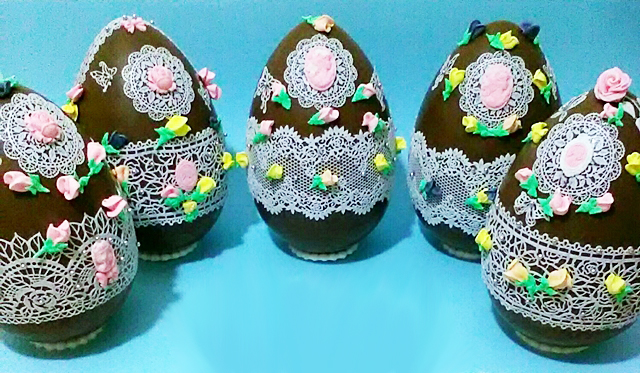The traditional symbol of Easter in Italy is the humble egg, but as these photographs illustrate, there is nothing humble about them, once the artisans of the country begin their work. Visitors find intricately painted eggs in Sicily, fine ceramic eggs from the Amalfi Coast, beautiful Murano glass ones from Venice and of course, chocolate eggs from the Piedmont in all imaginable sizes.
Long before Christianity adopted the egg as a part of Easter traditions, the ancient Romans believed that omne vivum ex ovo – all life comes from the egg – and it was commonly a symbol of new birth after the winter, when everything had lain dormant. There is evidence that in ancient Rome eggs were decorated with vegetable dyes using onion skins, beets and carrots. They were given as gifts during the spring festivals.
As chocolate became increasingly popular in the early 20th century, the skills of hand-painting Easter eggs at home began to fade and chocolate eggs began to take their place. Chocolate eggs have become increasingly elaborate and even in the tiniest of Italian villages it seems that every shop window and market stall will have a huge variety of chocolate eggs on display in the days leading up to Easter Sunday. They range from tiny milk chocolate ones to the massive hollow eggs containing elaborate gifts. They will be wrapped in foil or cellophane and many will have a decorative ribbon and bow. Some even use the hollow Easter egg as a way of surprising their intended with an engagement ring. Chocolate and diamonds – what woman can resist that combination!




